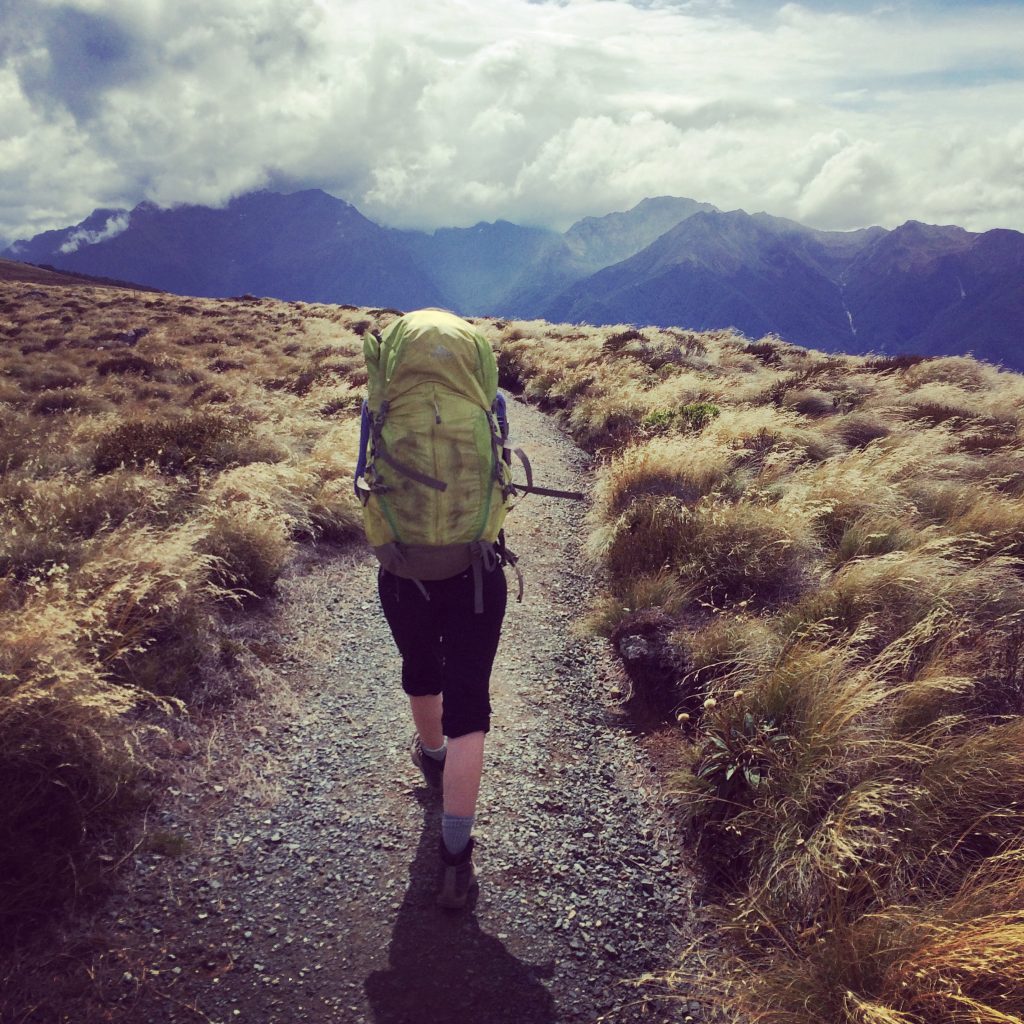(Meta)Physical Education is a series about the lessons that Alex Tzelnic, a Zen practitioner, has learned while teaching gym at a Montessori school. You can read more of Tzelnic’s stories here.
“Before I had studied Chan for 30 years, I saw mountains as mountains and rivers as rivers. When I arrived at a more intimate knowledge, I came to the point where I saw that mountains are not mountains, and rivers are not rivers. But now that I have got its very substance I am at rest. For it’s just that I see mountains once again as mountains, and rivers once again as rivers.”
—Qingyuan Weixin
As a kid I was no stranger to mountains and rivers. I remember exploring the land behind our house, the wooded hillside that lead down to the languidly swirling waters of the Assabet River. I remember our family trips to the White Mountains, the cold and wet day we hiked Mount Jefferson. On top we shivered and huddled together and ate sandwiches, engaging in the age-old tradition of marveling at how incredibly satisfying ordinary sandwiches can be on top of mountains. Despite the wind and rain, I remember a feeling of deep wonder and satisfaction.
I went to college on the fringe of the Adirondacks in Saratoga Springs, New York. Despite the bounty of nature surrounding us, I did not spend much time outdoors. I had succeeded in arriving at a more intimate knowledge. I could wax poetic on codependent origination and Hegelian dialectic, but mountains were no longer mountains. They were an abstraction, something I valued in theory and identified with through nostalgia but no longer sought. At that time, it seemed to me that I had already received what nature had to offer.
When I became a teacher I again found myself outdoors. As part of my role teaching gym, I hiked with my middle school students and accompanied them on their year-end camping trip. I remember waking up early to meditate, the crown of my head scraping the top of the tent, my sleeping bag folded under me like a zafu, the scent of last night’s campfire still lingering. One can study codependent origination for years and never advance beyond an academic understanding. Or one can cook breakfast on a campfire skillet and stink like bacon for eternity.
Sometimes practice is no longer practice. After years on the path, you begin to wonder if you’ll ever get to enjoy the view. You turn inward, practice becoming an abstraction, something you value but don’t necessarily want to engage in. It can be easier to identify as a practitioner than to actually practice. It is tempting, after so much time spent on the cushion, after years of knee-burning repetitiveness, to feel that you’ve arrived, that you’ve received what is on offer.
When I forget about the view and just sit, I literally come to my senses. A Zen teacher, cutting against the perception that life is short and everything must be attained immediately, once told me: “Life is long. Just do what you can in this moment, and the next.” When I stop worrying about what I can receive from practice, I might even engage in the age-old tradition of marveling at how satisfying ordinary breathing can be on top of zafus. In my best moments I recognize that this engagement with the present is always available—I might even see its very substance and be at rest. Being at rest does not mean stopping. It does not mean I have attained what is on offer. It means recognizing that the very act of seeking is an expression of wonder in the first place.
On our recent honeymoon, my wife and I spent four days hiking New Zealand’s Kepler Track. The weather reports were grim—rain and 55 mile per hour winds. At the shop where we rented rain gear, a young employee sipped his coffee and said soberly: “Heavy rain for the next few days. Wish I could helicopter out of here.”
It rained for three of the four days. We spent the second day of the trek traversing a ridge in a steady downpour, trying not to get blown off the mountain and listening to the squelch of our boots in the mud. Nothing was dry and everything hurt. We plodded on, questioning our decision with every heaving gust of wind.
“With no surroundings there can be no path, and with no path one cannot become free,” Gary Snyder wrote. Both the woods and the zafu are merely containers for exploration, providing a path, a context in which we can question. “We require that all things be mysterious and unexplorable, that land and sea be indefinitely wild, unsurveyed, and unfathomed by us because unfathomable. We can never have enough of nature,” Henry David Thoreau wrote. We return to nature again and again not for answers but to keep wondering.
We carefully made our way along the ridge with the path stretched before us, the mud track snaking through the clouds and disappearing in the mist ahead. The rain was so insistent that numerous waterfalls cropped up on the surrounding peaks, making it appear as if the mountains were weeping. We shivered and huddled together and despite the wind and the rain, we were overcome with a feeling of deep wonder and satisfaction. Staring at the unfathomable, it was impossible to know just what it was that we were receiving. All we seemed to know for sure was that mountains were mountains.
Thank you for subscribing to Tricycle! As a nonprofit, we depend on readers like you to keep Buddhist teachings and practices widely available.
